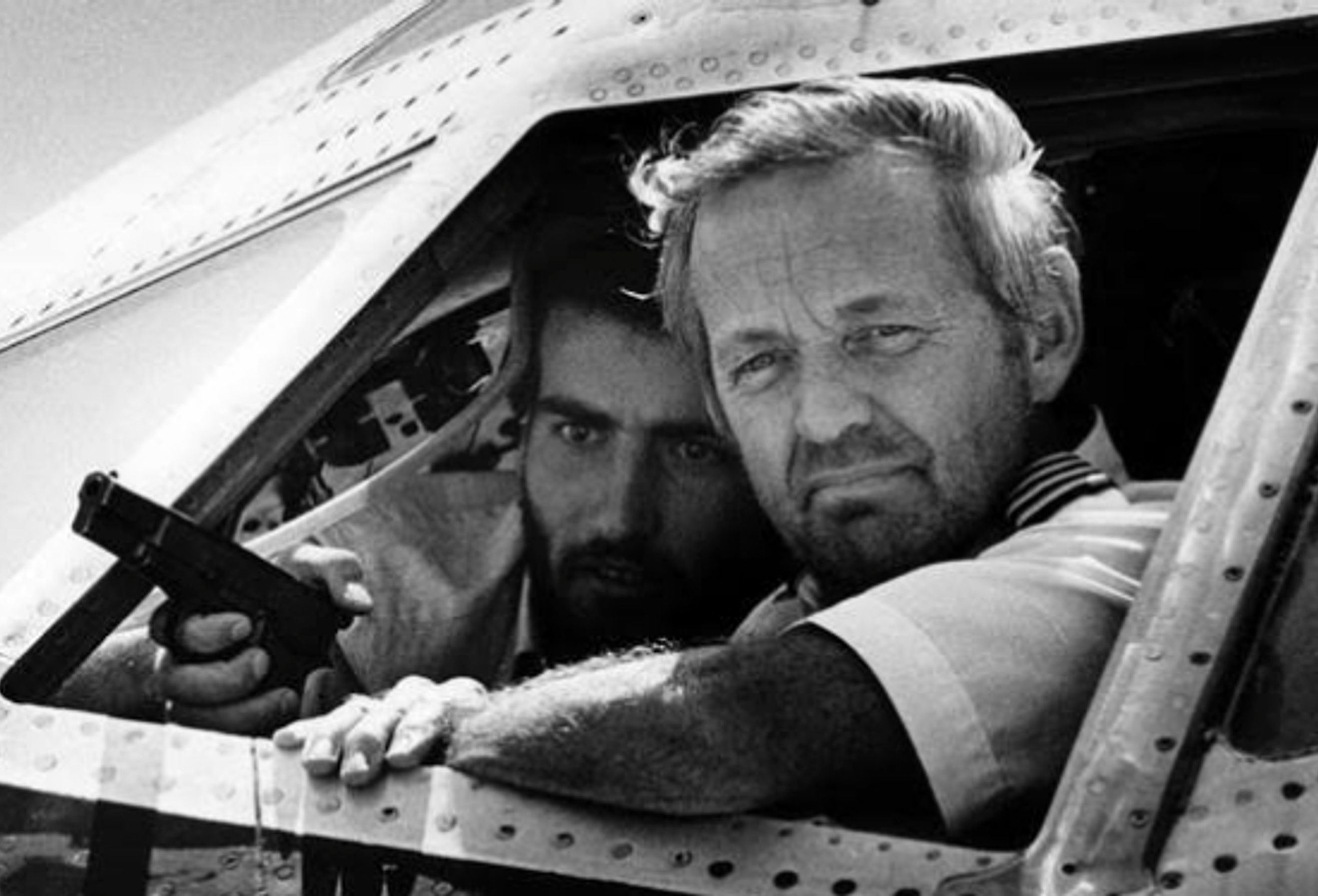
The Longest Plane Hijacking in History
Plane hijackings, sometimes called skyjackings, are when someone or a group of people hijacks an airplane. Usually, the hijacker will demand that the pilot fly to a certain location, or they will attempt to fly the plane themselves. Plane hijackings have been happening since the beginning of human flight. One of the earliest hijackings is suspected to have taken place in 1919.
Many people know about plane hijackings from action movies. Die Hard 2, Snakes on a Plane, Air Force 1, United 93, and The Delta Force all have plane hijacking scenes. Something unique about the plane hijacking scene in The Delta Force is that it is based on the real plane hijacking of Flight TWA 847. Today, this hijacking makes history as the world's longest plane hijacking.
The Golden Age of Hijacking
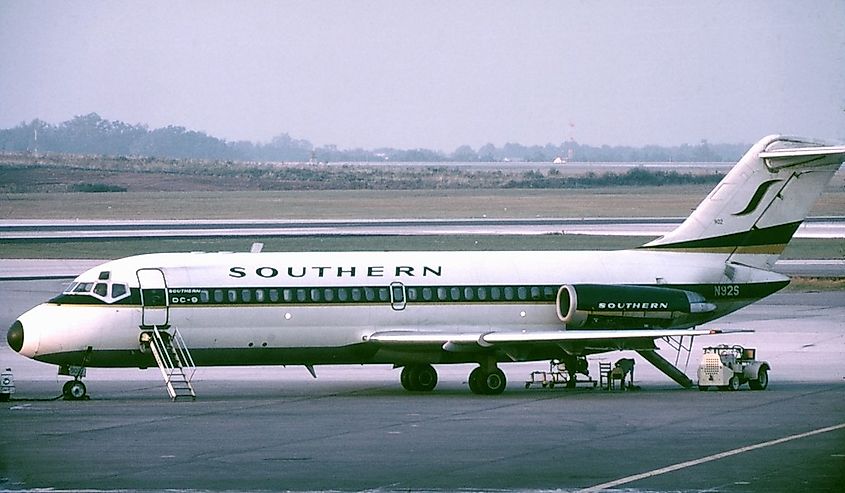
The flight TWA 847 hijacking happened just a few years after what is known as "The Golden Age of Hijacking." The Golden Age lasted from 1968 to 1972 there was a big increase in plane hijackings. In total, there were around 305 hijacks around the world.
Most of the incidents happened in the United States, and hijackers would demand a ransom. There were 46 people who died throughout the Golden Age, with over half of the deaths occurring in 1972. In 1973, the Federal Aviation Administration introduced new rules requiring passengers to be screened and their luggage before boarding a flight. The new regulations made plane hijacking more difficult and brought an end to the Golden Age.
Since the Golden Age, the number of plane hijackings has gone down. However, an average of 20 to 40 still happens annually. Some of the most well-known plane hijackings are the 9/11 attack and the TWA 847 hijacking. The TWA 847 hijacking is particularly notable since it is the longest plane hijacking in history.
The Hijacking of Flight TWA 847
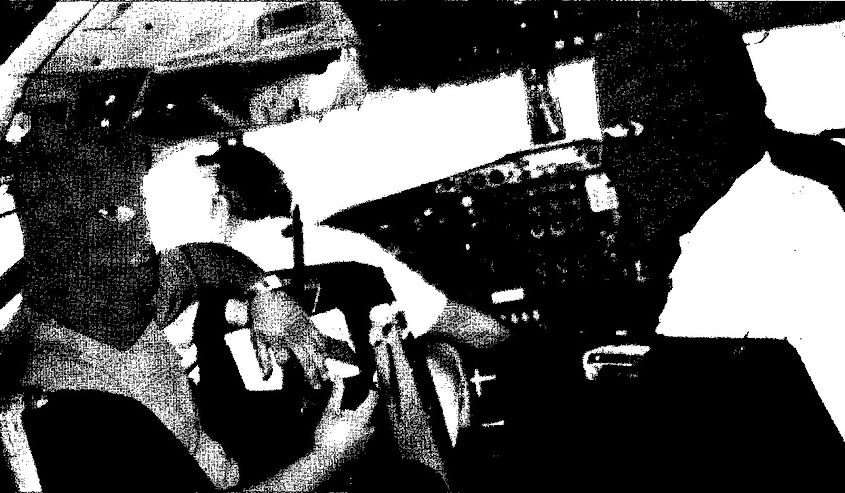
On June 14, 1985 flight TWA 847, operated by Boeing 727-200, was set to fly from Cairo to Athens to Rome, however, things didn't go according to the pilot's plan. The plane left Cairo for Athens on the morning of June 14. At that point, everything was going smoothly. In Athens, a new crew boarded the plane, and shortly after the takeoff, the plane was hijacked by two Lebanese men. They had smuggled pistols and two grenades through airport security. One of the attackers, Mohammed Ali Hamadei was later identified and faced life in prison in Germany.
During the Hijacking
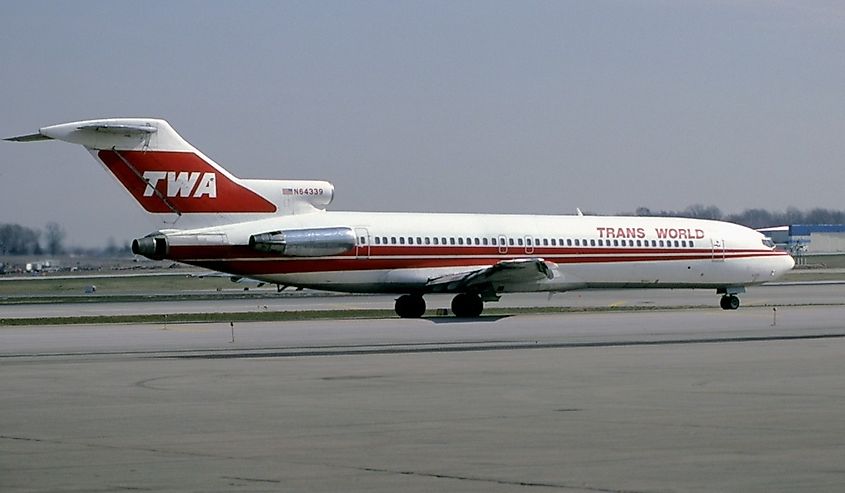
The hijacking lasted 17 days, crisscrossing across the Mediterranean with 153 passengers and crew members. The plane flew from Beirut to Algiers and back again. Held at gunpoint, the pilot had few options but to obey the hijacker's orders. First, the plane stopped at Beirut International Airport in Lebanon, where 19 passengers were allowed to leave in exchange for fuel. At this time, Lebanon was a country divided by civil war, with some parts controlled by the Shia Amal militia and others by Hezbollah. Later, the plane flew to Algiers, where 20 more passengers were released. The plane headed back to Beirut shortly after and made a few trips back and forth between Algiers and Beirut.
What Did the Hijackers Want?

The hijackers had political motivations for their crimes. At the time, tensions between Israel and Lebanon were high because of Israeli forces invading Lebanon in 1982. The hijackers wanted Israel to release the Lebanese prisoners they held and for Israeli forces to withdraw from southern Lebanon. They also wanted the United States to condemn Israel internationally for its actions. Nobody knows for sure if the hijackers were motivated by a political organization. However, it's suspected they were a part of Hezbollah, an Iran-backed Islamist movement.
What Happened to the Passengers
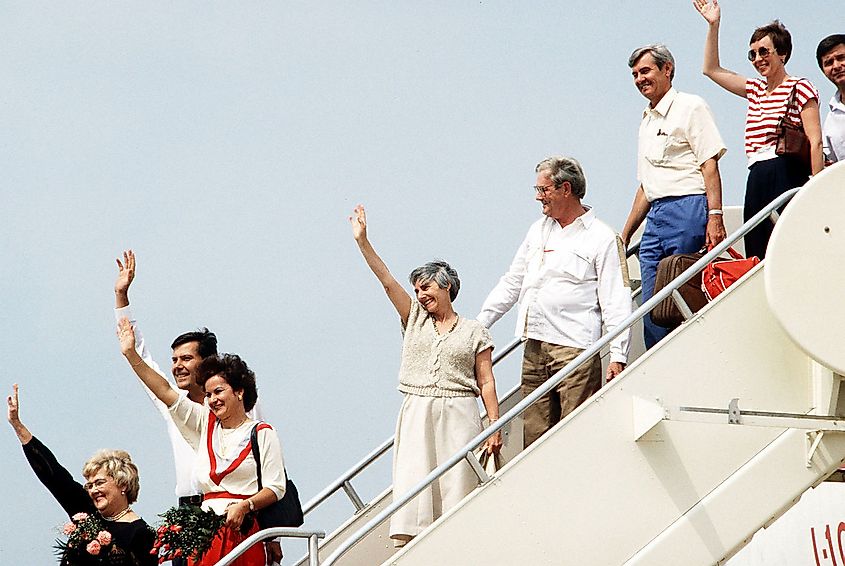
Passengers of the flight and crew were threatened, and some were even beaten during the hijacking. On the ground, the hijackers asked for people with Israeli passports or diplomats, but there were none. Instead, the attackers focused their attention on those with Jewish-sounding surnames and United States military personnel. All the military passengers were beaten on the plane. United States Navy diver Robert Stethem was on the flight, and the hijackers beat him and shot him, dumping his body off the plane.
Most passengers were released in the first few days of the flight. However, five men were singled out and kept as hostages. Of the five, only one was Jewish, Richard Herzberg. The five men were taken to a roach-infested holding cell in Beirut, where other prisoners were held. Despite the horrific situation, the five prisoners were treated fairly well and released on June 30, unharmed.
United States Response
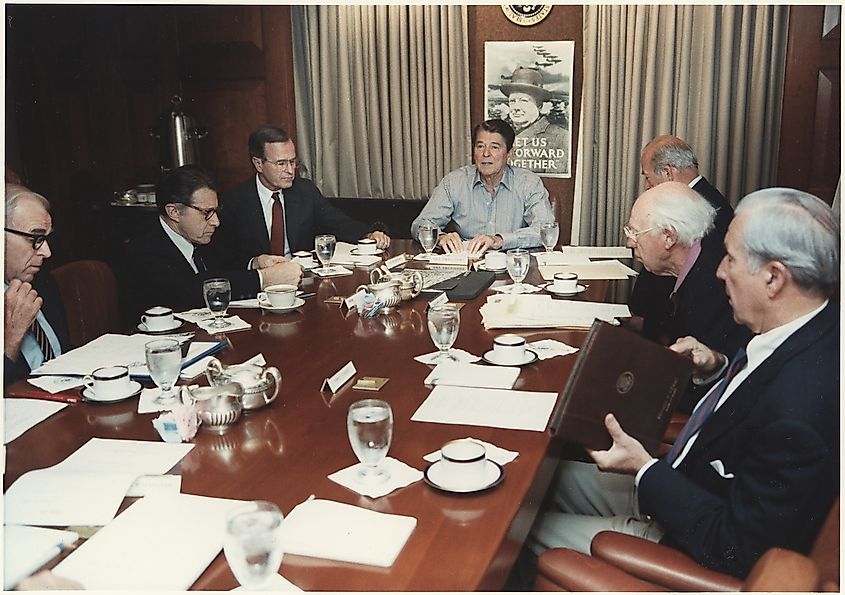
At the time, the hijacking marked an important milestone as the first hijacking of an American airliner in the Middle East since Ronald Reagan took office in January 1981. The United States government was deeply concerned since a previous plane hijacking of a Kuwaiti airliner in the prior year had killed two American passengers. The American administration struggled to respond to the hijacking crisis. They set up a 24-hour watch with the State Department's antiterrorism suite to monitor events, establish communication lines, and work out the next steps to help foreign governments involved.
The Administration ended up dispatching an anti-terrorist Delta Force to help in West Fermant and Fort Bragg, NC, to the Sixth Fleet in the Mediterranean. Ultimately, the United States decided not to concede to the terrorists' demands. They would not tell Israel to release the Lebanon prisoners. Israel also refused to negotiate with terrorists and claimed they would only release the prisoners if the United States asked them to. However, on July 1st, Israel announced they were ready to release Lebanese prisoners from their prisons.
After the Hijacking
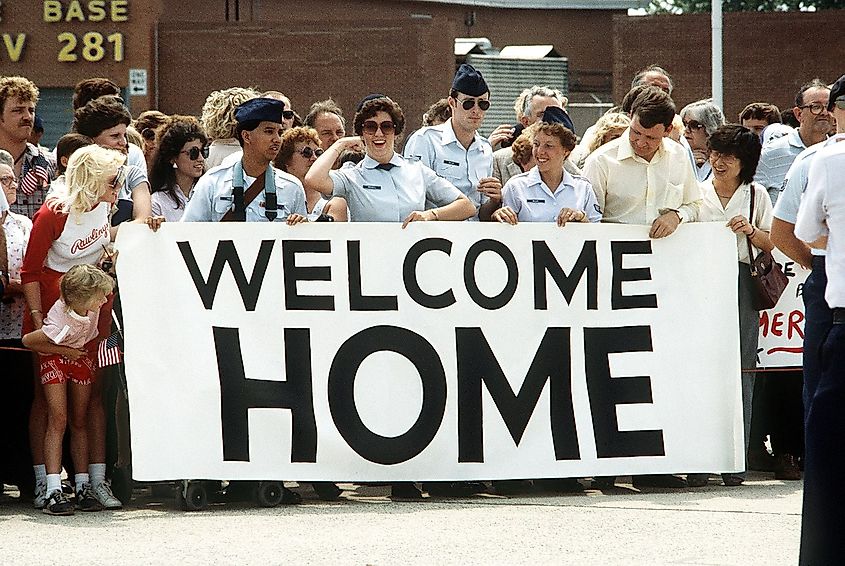
After negotiations, Israel released over 700 prisoners but claimed this was unrelated to the hijacking. The hijacking ended on June 30, seventeen days after it started. Everyone remaining on the plane was released and set free to safely go on June 30. Since the terrorists were outside the range of the law in Lebanon, nobody knew what could be done about the hijackers. It appeared that the hijackers would go free. However, Hammadi was found two years later in Frankfurt, Germany, with explosives and arrested. He was already wanted there for his role in the hijacking. The United States wanted Germany to extradite him so they could prosecute him in US courts.
After he was arrested, two German citizens were kidnapped in Lebanon as a way to discourage Germany from extraditing Hammadi to the United States. Their message was clear, and they successfully prevented Hammadi's extradition. He was instead sentenced to life in prison in Germany. In 2005, Hammadi was released on parole after serving 19 years and returned to Lebanon. Today, he remains on the FBI's Most Wanted Terrorists List, along with his accomplices.
Not a Reason to Worry
There is no denying the hijacking of flight TWA 847 was terrifying for everyone involved. Reading about plane hijackings, you might never want to fly again. However, it's important to put the risk of hijacking into perspective. Over the years, governments have put more safety measures in place, and commercial air travel has become very safe. You have probably heard that "more people die in car crashes every year than in airplanes." This is true; according to the National Safety Council, over the past ten years, the death rate per 100,000,000 passenger miles was 1,000 times higher for cars than for scheduled airlines.
While the TWA 847 hijacking isn't a reason to worry too much about flying, it is a reason to be aware of the political climate. The hijacking had political motivations because of the conflict between Israel and Lebanon. The hijackers wanted Lebanon prisoners to be released from Israel's prison and the United States to condemn Israel. In the end, the hijackers got part of what they wanted. This shows us a bigger lesson from the hijacking. Rather than being scared of flying, we should be scared of war, and conflict with each other. In a more peaceful world, the hijackers might not have had the motivation to commit such a heinous crime.











